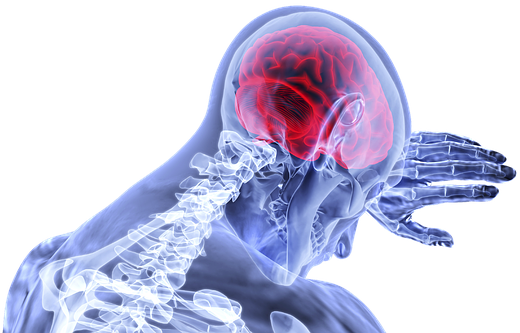
The vast majority of strokes occur in senior citizens, says Marla Ahlgrimm. But, today, more and more women than between the ages of 25 and 44 are being diagnosed with stroke. Why?
Marla Ahlgrimm explains that there are many reasons that young women may experience a potentially life-altering stroke. One is lupus. Lupus is a disease that triggers inflammation throughout the entire body. This leaves people with lupus more than twice as likely to experience what’s known as an ischemic stroke.
Women who experience migraine with aura are also at a slightly increased risk of having a stroke. While the additional risk is small, migraines are often accompanied by other conditions that can elevate a woman’s potential for having a stroke. Marla Ahlgrimm notes that women are more likely to have migraines during their reproductive years – approximately 13 through 45 – then same-age men.
Speaking of reproductive years, pregnancy also makes women more likely to have a stroke. Although rare, giving birth can trigger issues, such as preeclampsia, that can cause high blood pressure. Since strokes are caused by blood clots, Marla Ahlgrimm says that high blood pressure is a significant factor in strokes.


The novel coronavirus (COVID-19) may have also contributed to stroke cases in younger adults throughout 2020. Many researchers believe that the coronavirus can trigger blood clots and inflammation.
Marla Ahlgrimm says that women should look out for issues with balance, vision, and facial drooping. Other signs of stroke include numbness in one arm, slurred speech, and sudden fatigue.